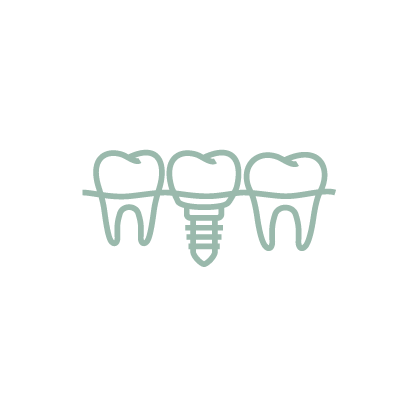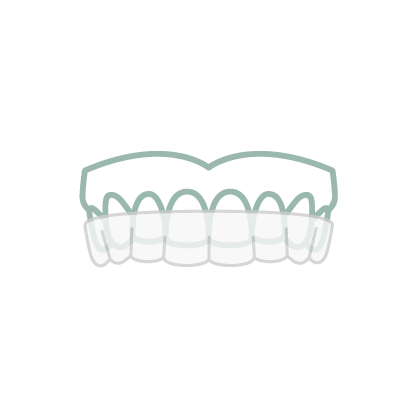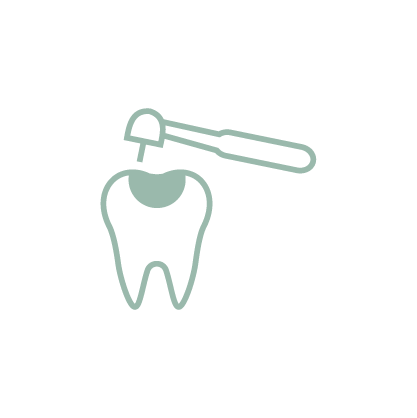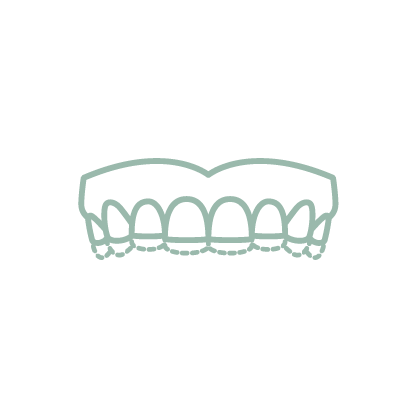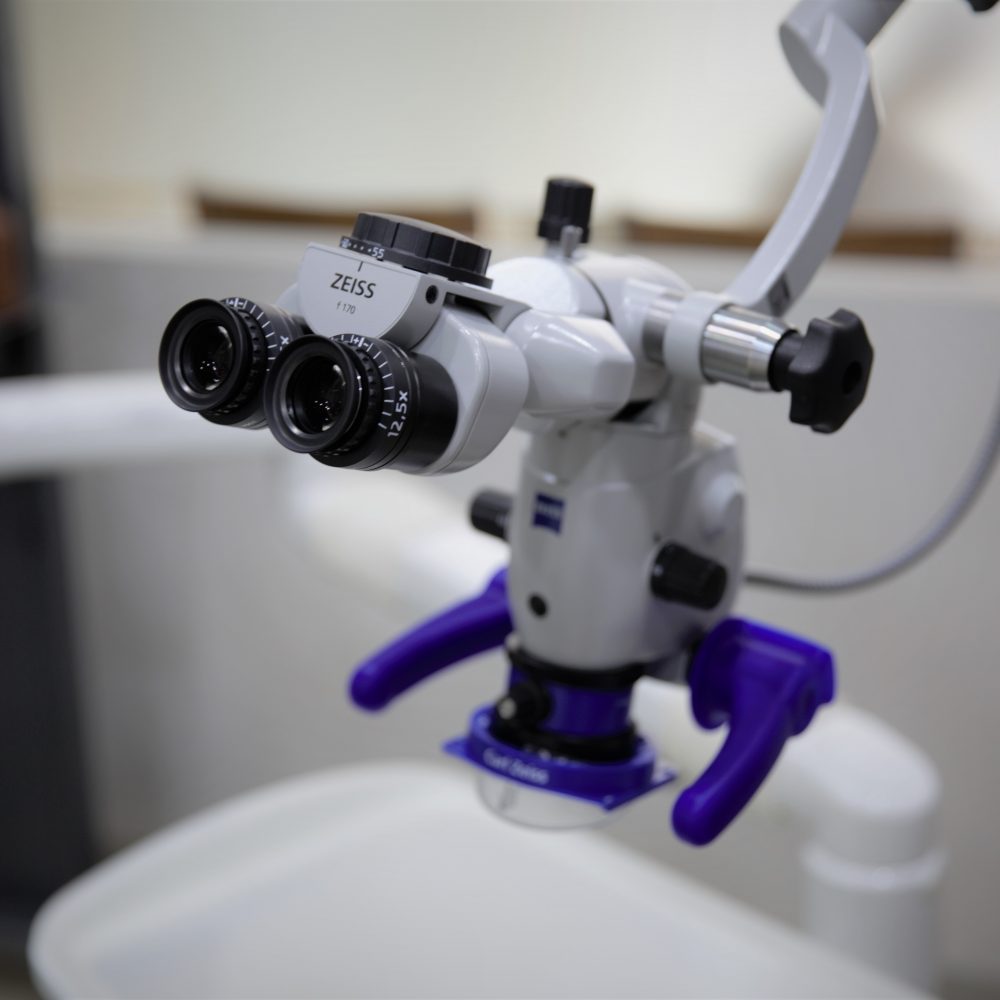What’s root canal treatment?
Root Canal Treatment (endodontics) is necessary when the blood or nerve supply of the tooth (pulp) is infected from bacteria due to decay or injury. Normally, teeth with deep filling or deep cavity will need root canal treatment. This treatment can help you keep your natural teeth longer. No need for extraction and replace with prosthetic tooth.
Why do you need root canal treatment?
When the bacteria spreads to the pulp or nerve of the tooth, this may cause infection or inflammation inside the tooth. If the infection or inflammation still exists, it will cause swelling, pain or even abscess. Without a root canal, the infection and damage will continue and your tooth most likely will need to be removed and replaced. Therefore, to stop the spreading, root canal treatment is needed.

Cause of pulp infection or inflammation
Why microscope is important for root canal treatment?
Microscope allows the endodontist to see the inside of a tooth and the root canal system at a magnification of up to 20 times. It enables endodontist to find the tiny canal entry points and branches because teeth often have extra roots or canals that cannot be seen with the naked eye or loupes (glasses with magnification). Sometimes, teeth can have fractures, cracks or other abnormal anatomy. With microscope, these can be detected and treated early. From research, microscope increases success rate of root canal treatment by more than 90 percent.

Procedures for root canal treatment in Bangkok
Root canal therapy may involve one or more dental visits. Your endodontist will perform the necessary steps to save your tooth:
- Endodontist will give local anesthesia. Your tooth is numbed for your comfort. A thin sheet of latex or non-latex material called a rubber dam is placed over your tooth to keep it dry. An opening is made through the crown of the tooth into the pulp chamber.
- Your tooth’s nerve or pulp is removed from the tooth. Each root canal is cleaned, shaped and disinfected.
- Your dentist may place medicine in the pulp chamber and root canal(s) to help treat the infection. You may be given antibiotics if the infection has spread beyond the end of the root(s).
- The treated root canals are sealed with a rubber-like material so bacteria can not penetrate to the apex of the root.
- A fiber post may be placed in the root canal to help retain the core material, which supports the crown restoration.
- Finally, your dentist restores the tooth with a crown to strengthen it and improve the way it looks.
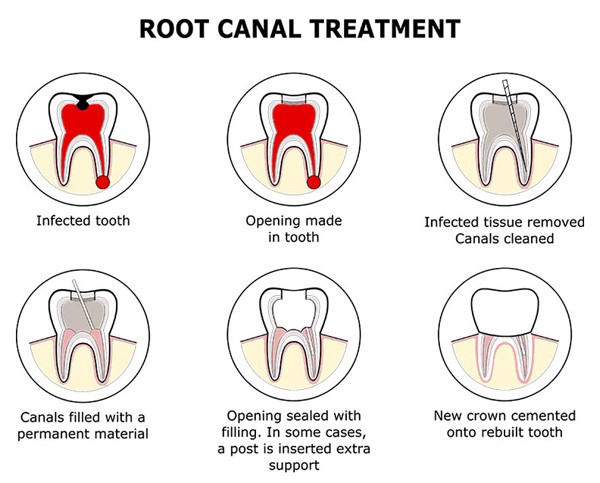
Does the root canal treatment hurt?
A local anaesthetic is used and the whole procedure should feel little different to that of having a normal filling although the appointment will usually be longer. There will usually be some pain or discomfort for 3‐4 days following the treatment which can be managed with over the counter analgesics. The tooth may feel slightly tender and “different” for a few weeks following treatment.
What if I don’t have the treatment?
The alternative to root canal treatment is the extraction of the tooth. Once the pulp is damaged, it cannot heal without treatment and it is not recommended to leave an infected tooth in the mouth as it can lead to painful dental abscesses, facial swelling and continued bone loss around the root of the tooth. In some cases, it can lead to death from infection to the blood circulation.
For more information on root canal treatment in Bangkok, to speak with a specialist, or to make an appointment, contact us today.

